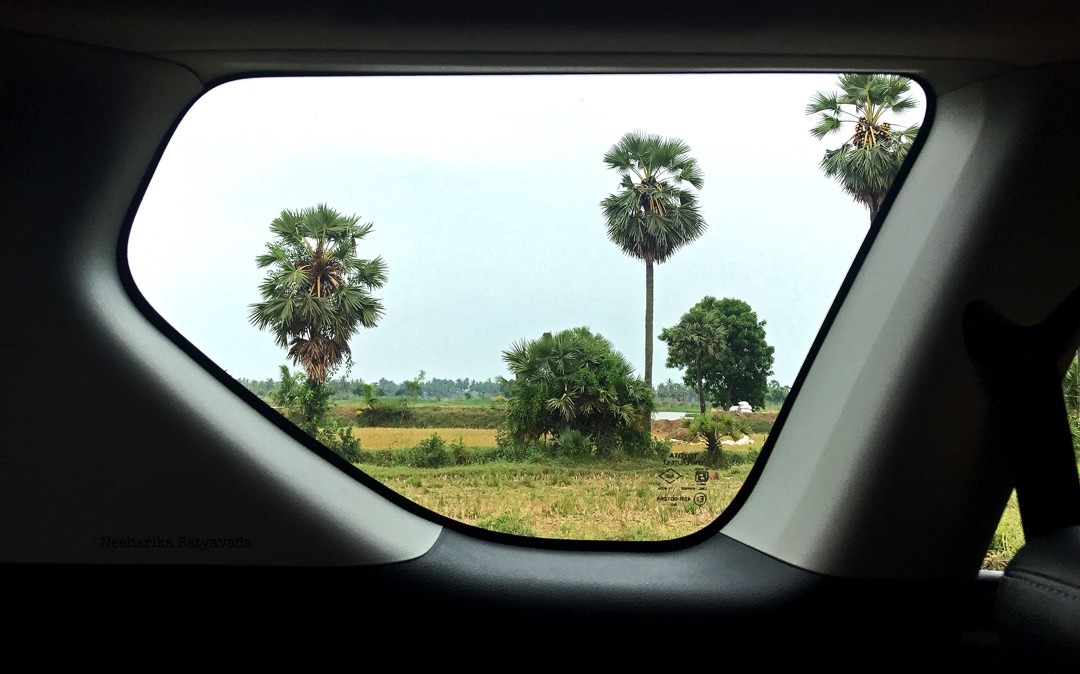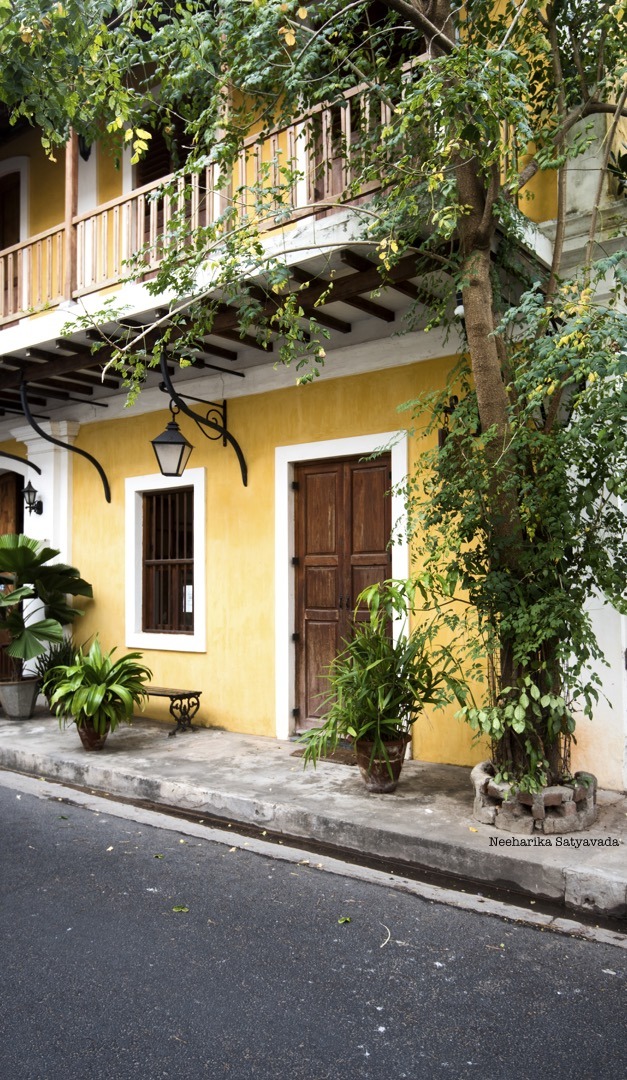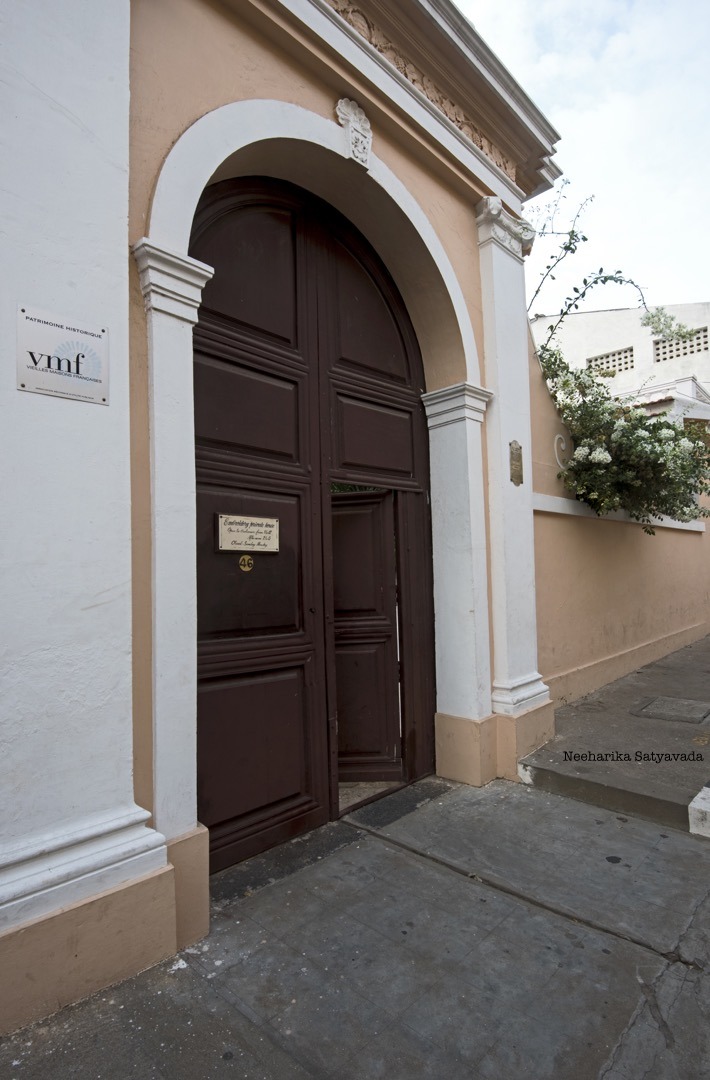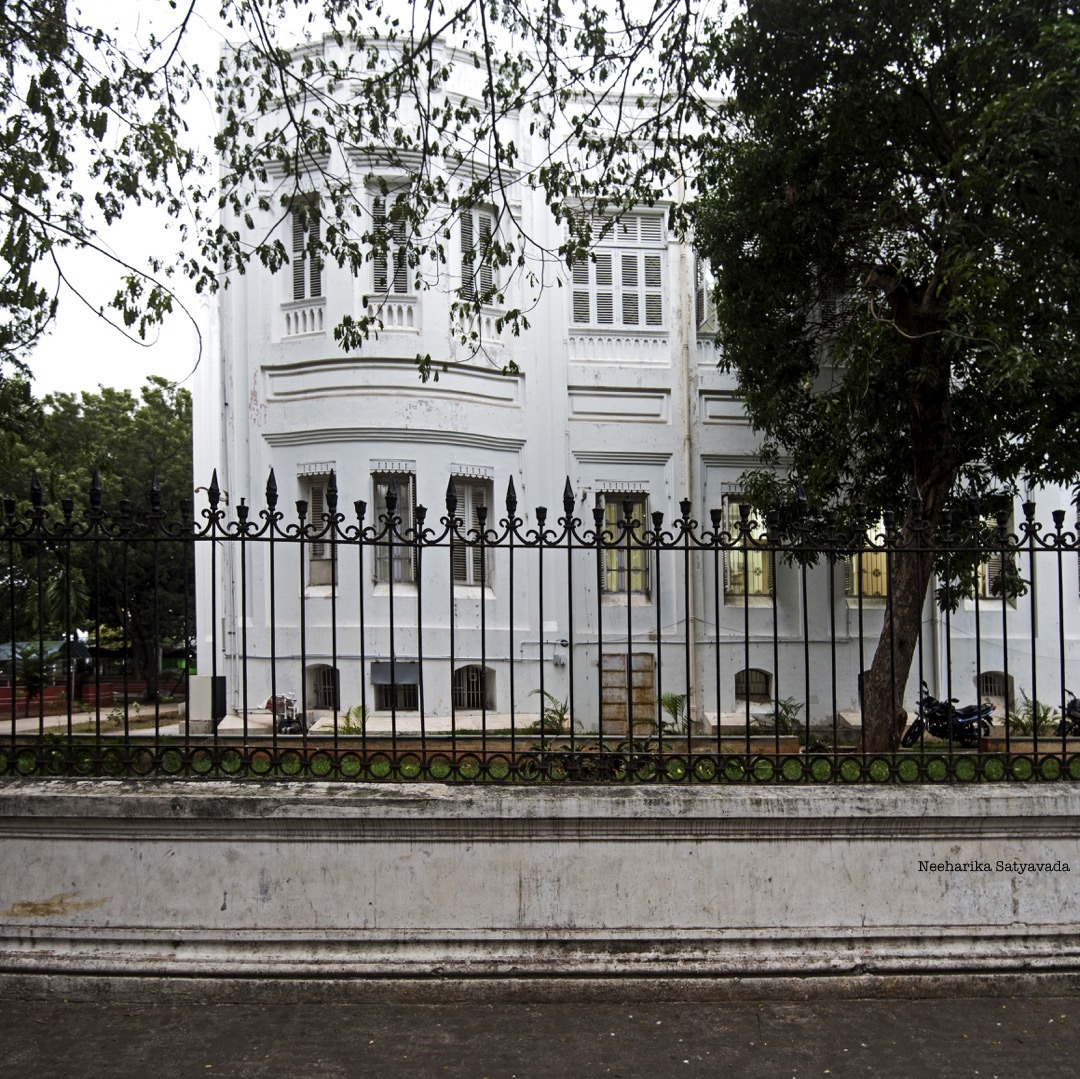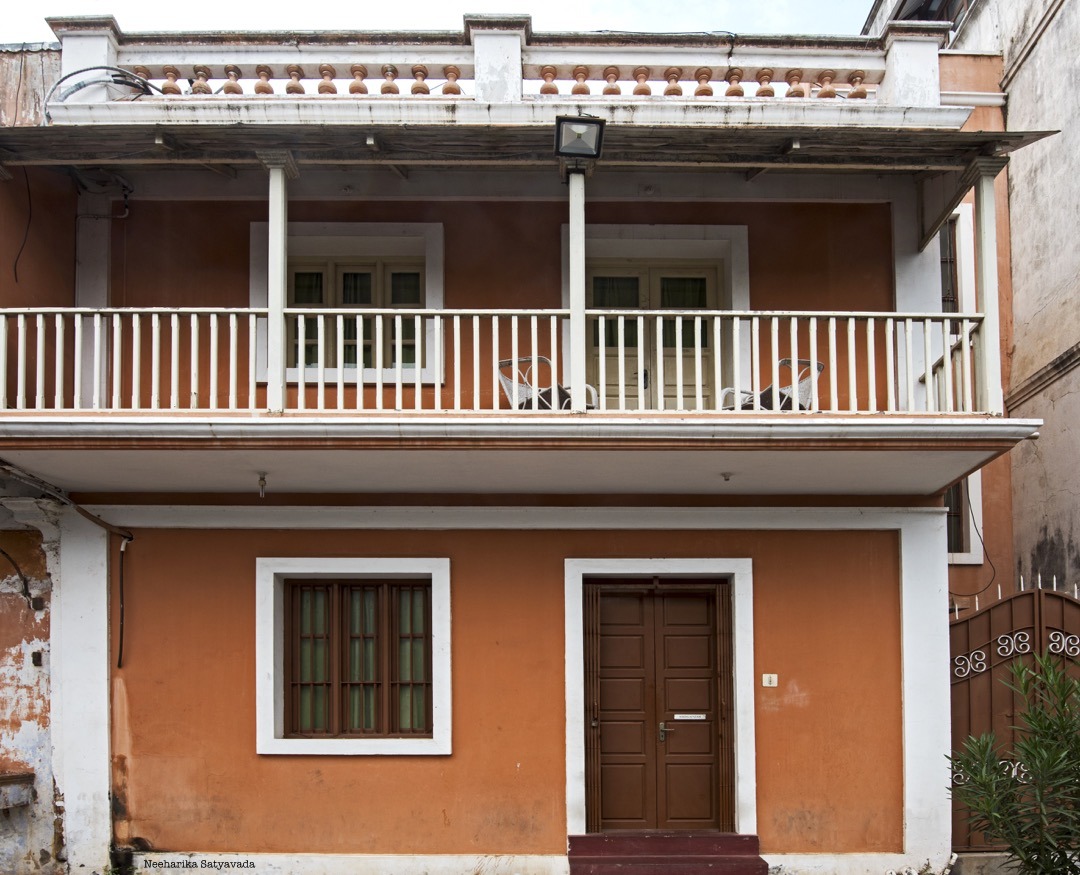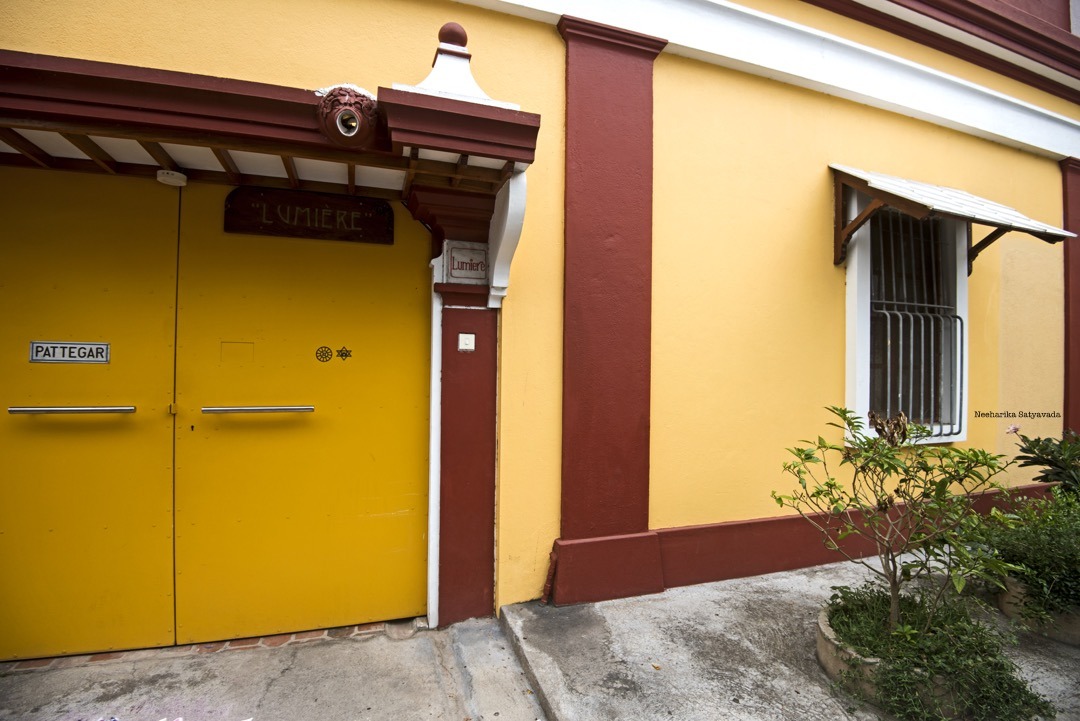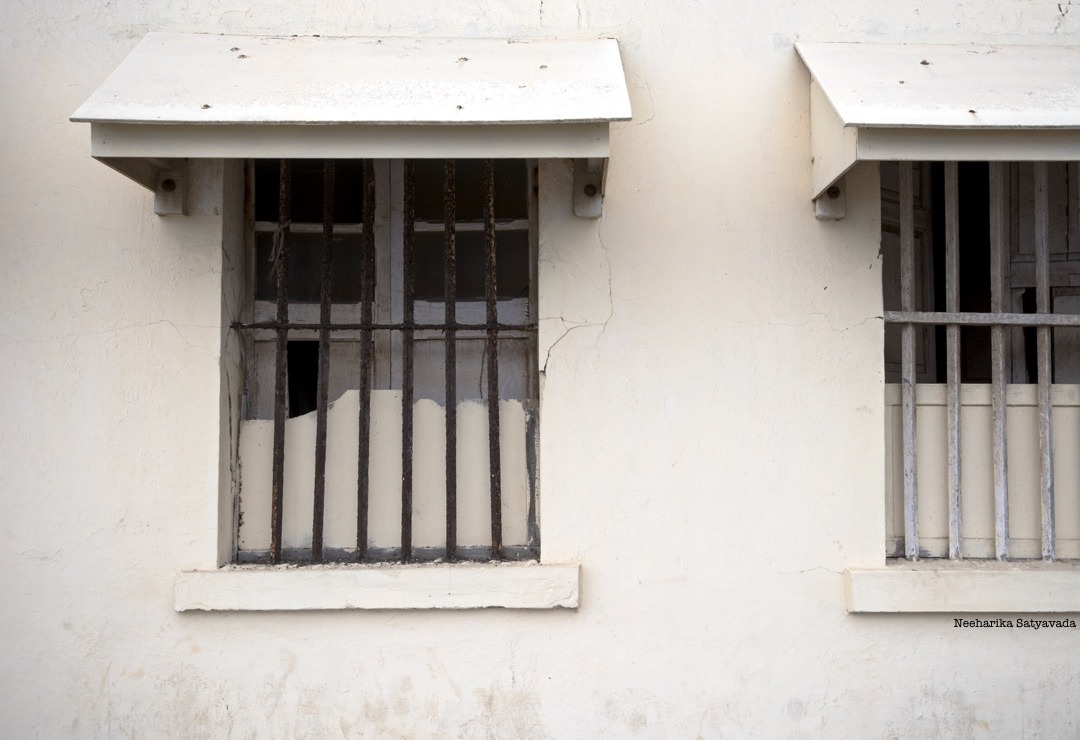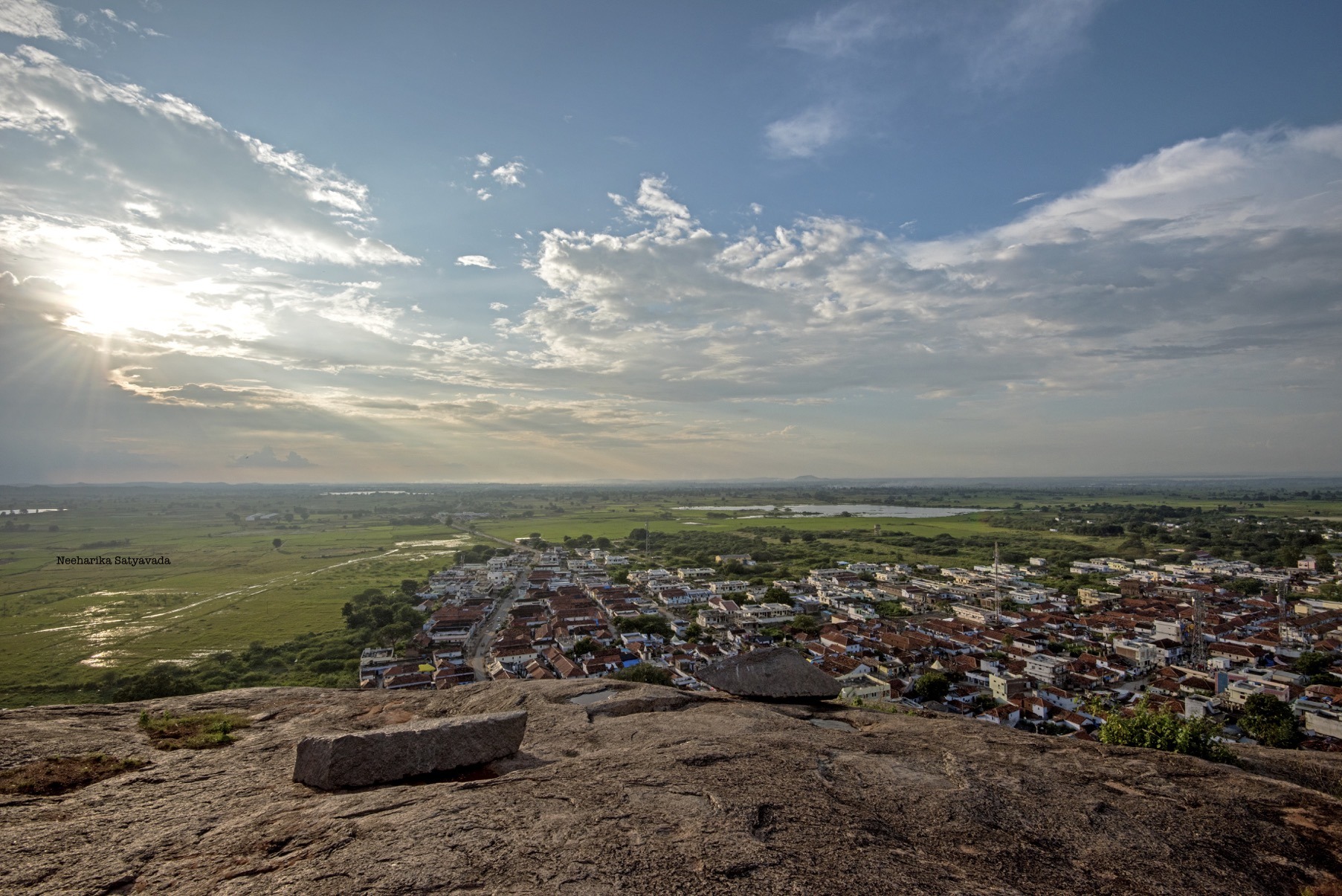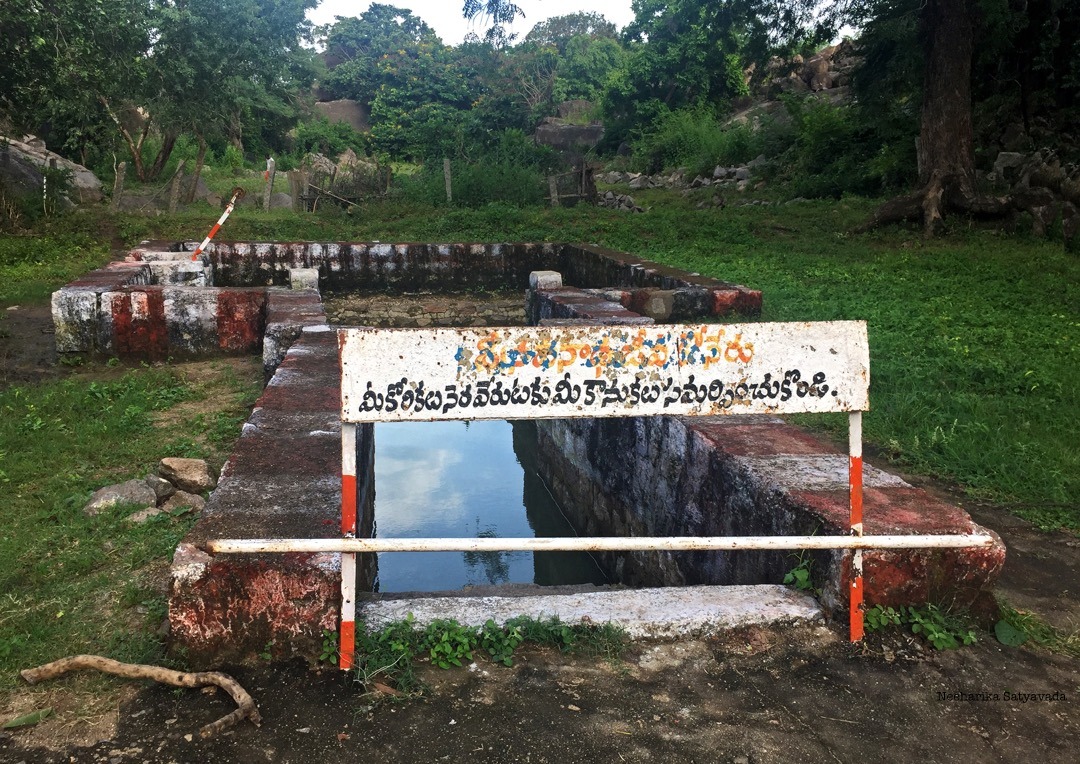Konaseema. The lush bucolic countryside of Coastal Andhra. ‘Kona’ for corner, this land wedged into a corner surrounded by water, is one of the most fertile deltas of Southern India. The Godavari river keeps you company, as you Road Trip through these idyllic coastal towns. Known for its beauty, Konaseema has been depicted extensively with its swaying coconut trees and green backwater canals.
But, how best do you enjoy this beauty? For it is no tourist destination like Kerala where houseboats abound aplenty on the backwaters.
So here I chose one town, rather a small city, Kakinada and put together a two day itinerary for a road trip through Konaseema, that include visits to beaches, ancient temples and artisan villages.
Window Views of Konaseema



Story goes.. There was once a powerful asura (demon) Tarakasura who was at war with the gods and thanks to a boon, he could only be killed by a son of Lord Shiva. So there began a battle between him and Kumaraswamy, Shiva’s younger son and Lord Ganesha’s brother. But, at every deadly blow, the rakshasa, Tarakasura would reform limb to limb from his cut off body parts. This power to reform came from a Shiva Linga that the demon wore. So the only way to destroy him was to break the lingam first. Eventually, there came to be five pieces of this Siva lingam and these fell in five different places in Andhra Pradesh. Temples were then built in those locations around the fragments. Those five ancient temples now constitute the Pancharamam.
& Kakinada happens to have two of those in driving distance.
Bhimaramam (at Samarlakota)

All the pancharamam temples are two storeyed stone temples for they are all home to massive Shivalingas.
To continue the story, the five fragments were installed and worshipped at five temples by the five gods, Indra, Surya, Chandra, Vishnu and Kumaraswamy. This one near Samarlakota was by Kumaraswamy himself. & the temple itself is beautiful, peaceful and not too crowded.
Draksharamam
Probably the biggest and definitely the most celebrated of the five is Draksharamam, a pancharamam and also a shakti peetham. This 10th century temple has a rich history of mythological legends associated with. It is even believed to be the site of Dakshayagnam and that Daksha’s daughter Sati is none other than the Goddess Manikyamba who is alongside Shiva in this temple. Making it one of the major asthadasa shakti peethams in the country.

Annavaram
In Annavaram is a small hill, Ratnagiri, which is home to the temple dedicated to Lord Satyanarayan Swamy. A form of Lord Vishnu, that all Hindus worship at weddings, housewarmings and all important social occasions in one’s life. Making this a pilgrimage centre that is second in popularity only to Tirupati.

Uppada
The famous handcrafted Jamdani silk sarees come from here. Need I say more?

& The Beach


Explorers Guide
Getting There: Every place on the itinerary is less than an hour and a half from Kakinada.
Distances from Kakinada:
Samarlakota – 15 kilometres
Draksharamam – 34 kilometres
Annavaram – 45 kilometres
Uppada – 16 kilometres
Highway Pit Stop: One. Foodcourt near Annavaram.
Best Time to Visit: Monsoons
Stay: Paradigm Sarovar Portico. Comfortable and centrally located.
Vegetarian Restaurants: Subbaya’s Hotel, Bhimas.
Bring Back: Kakinada Kaja
